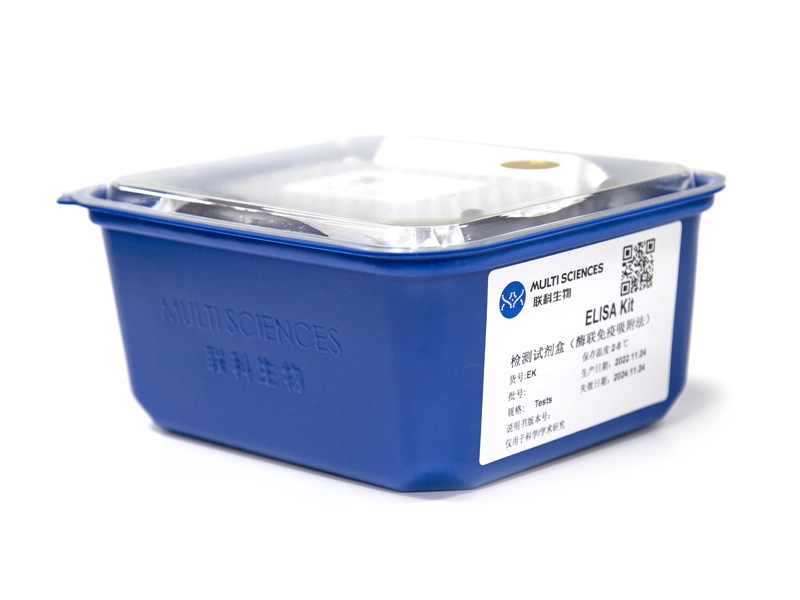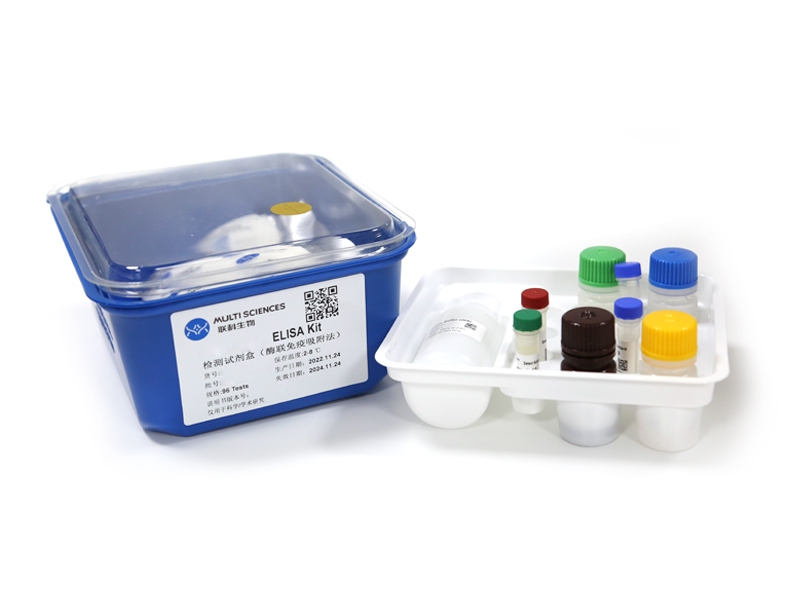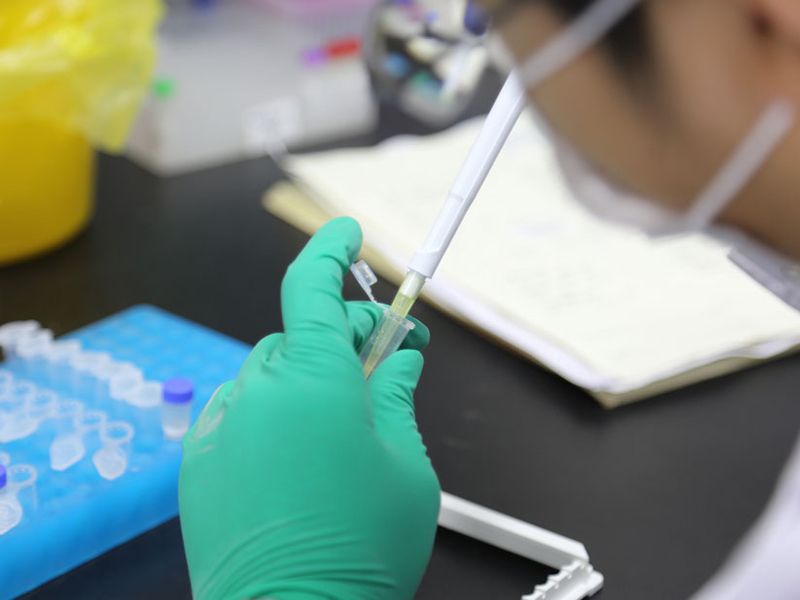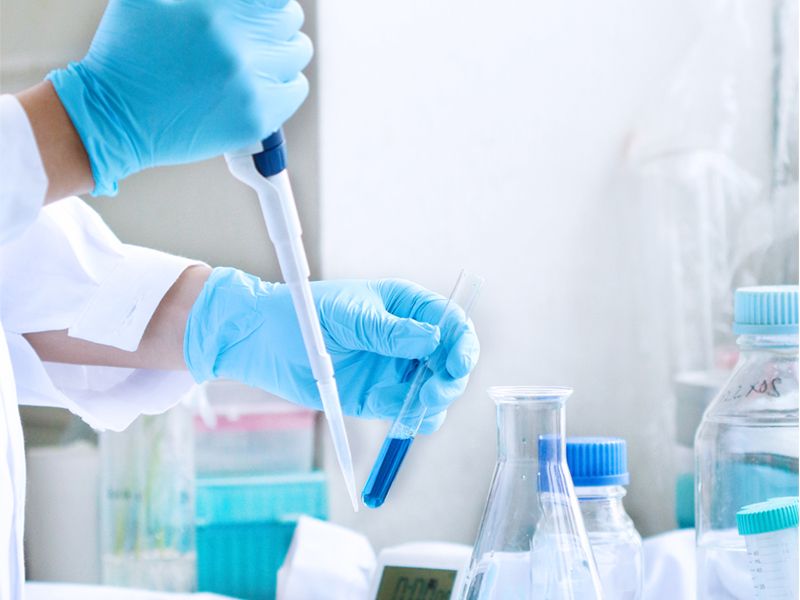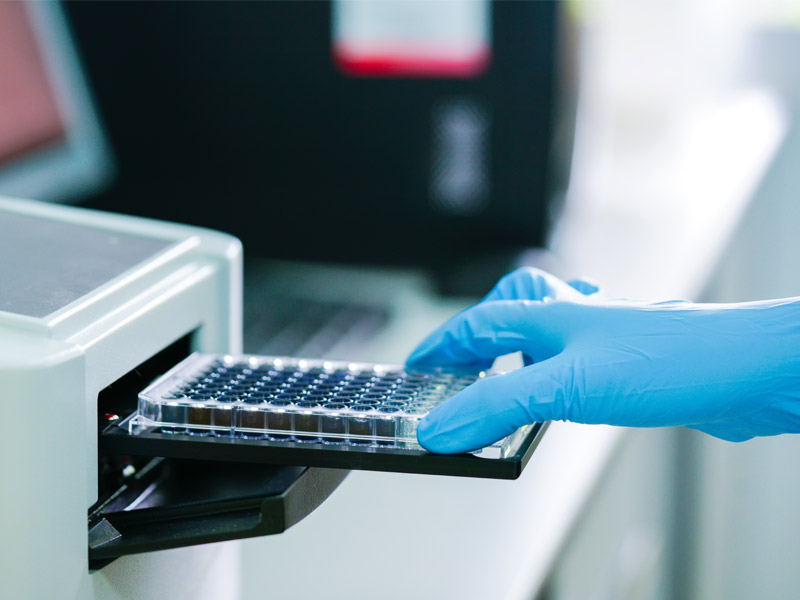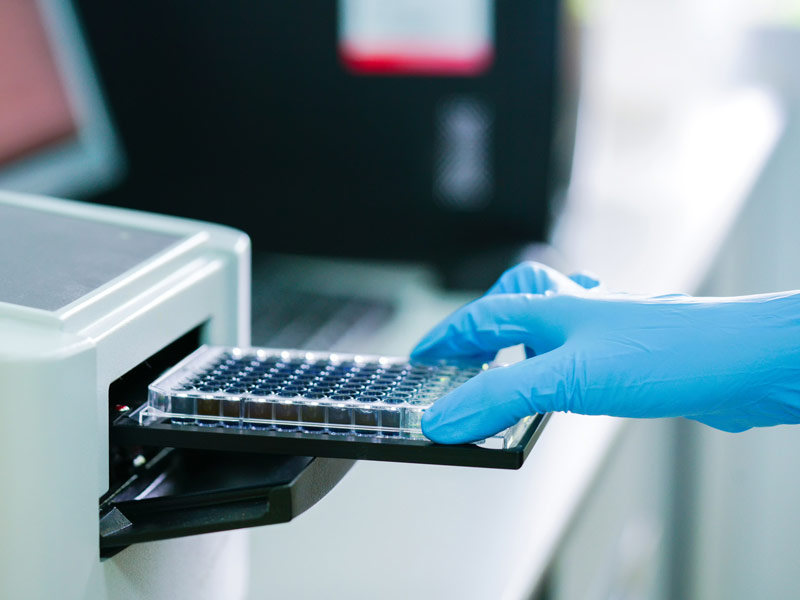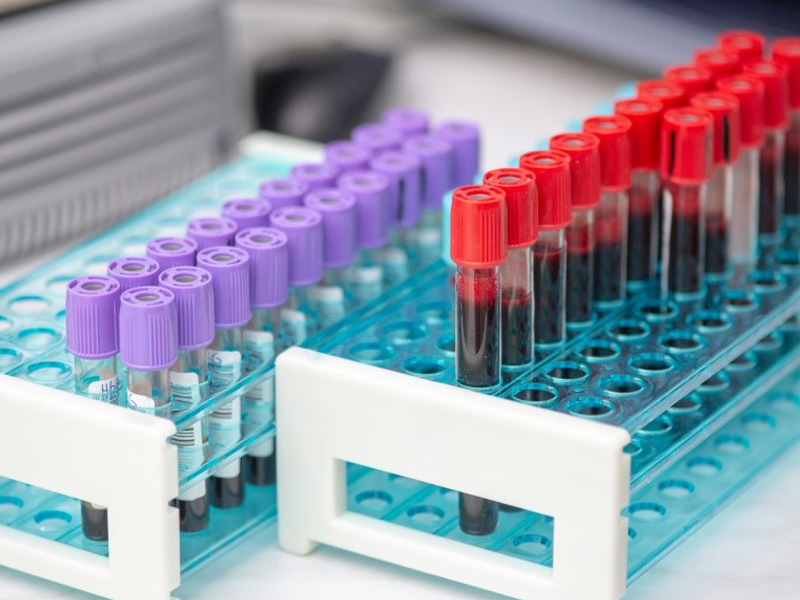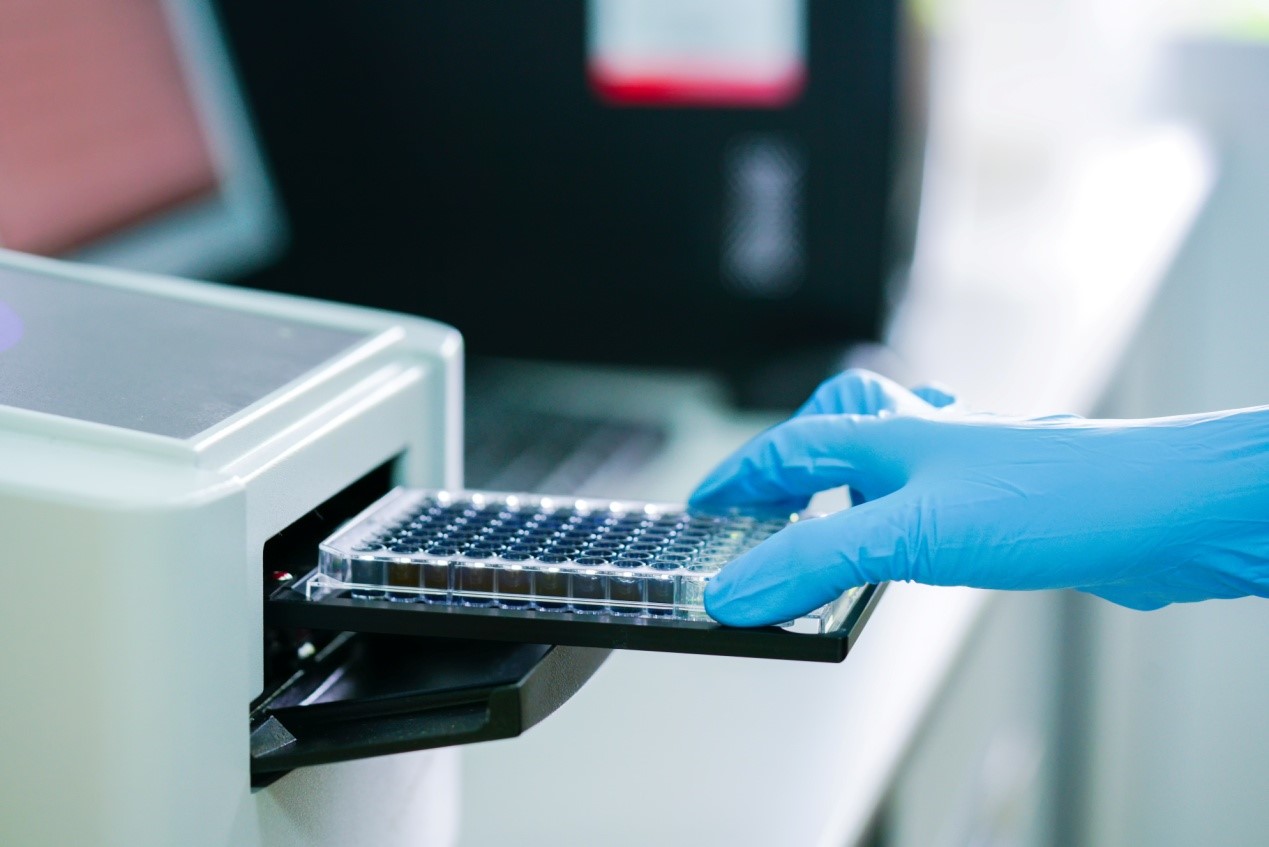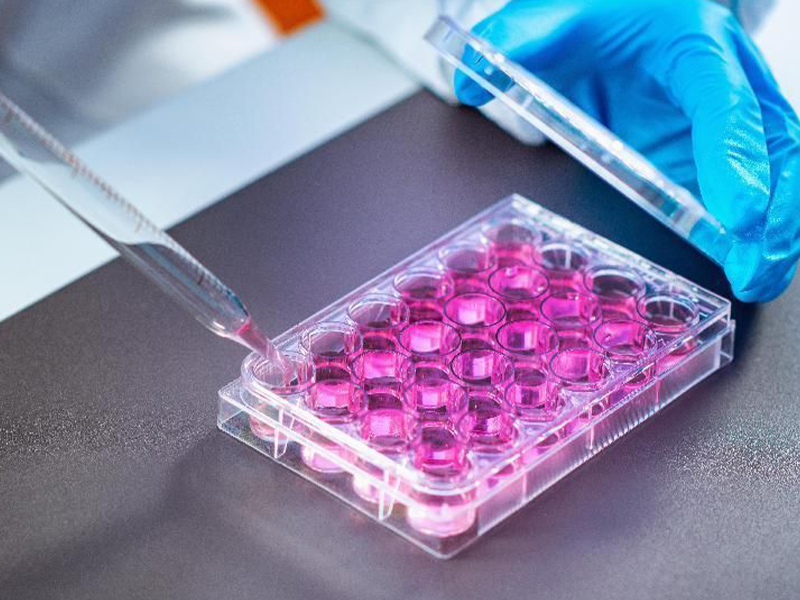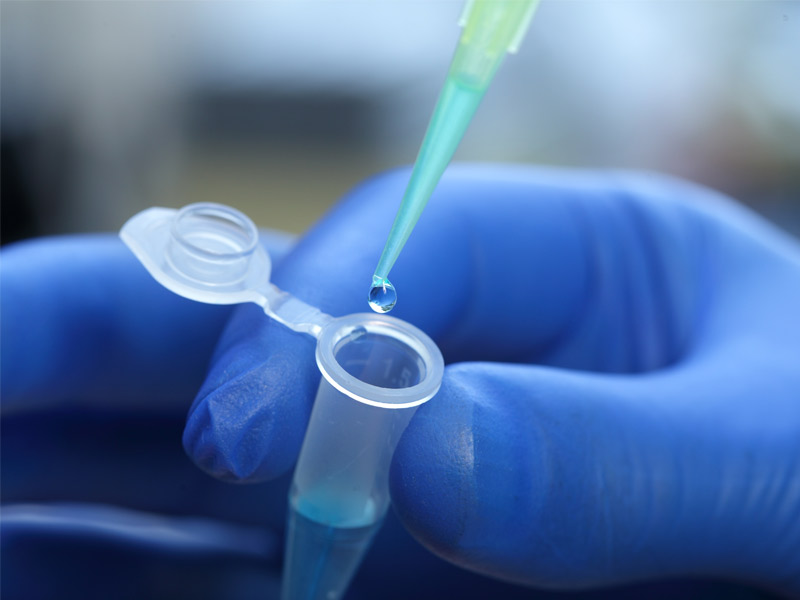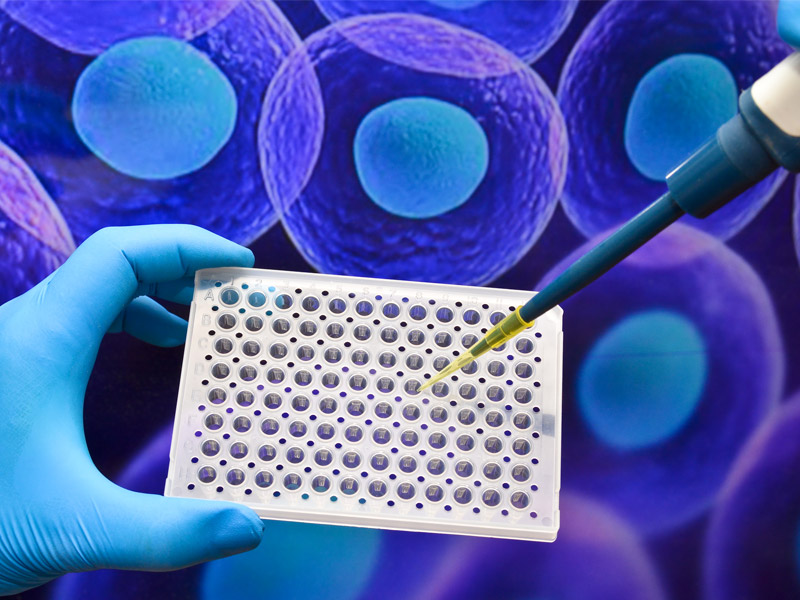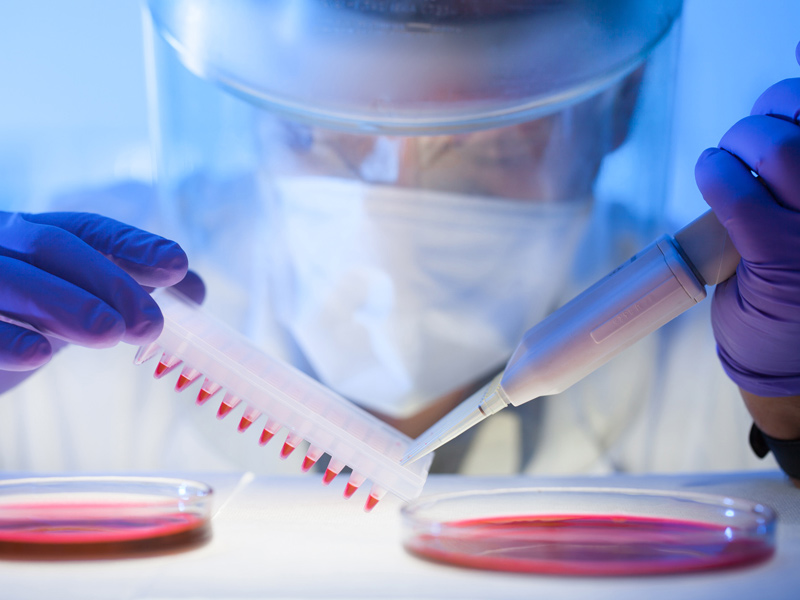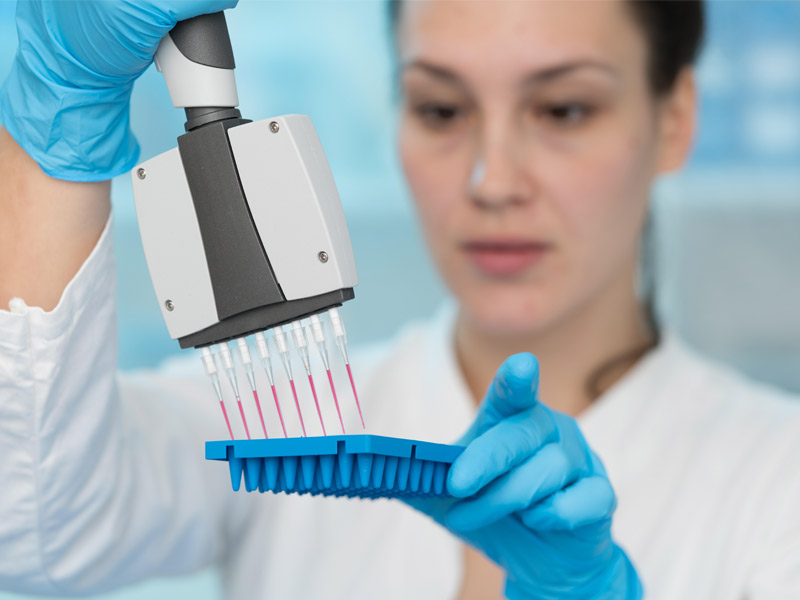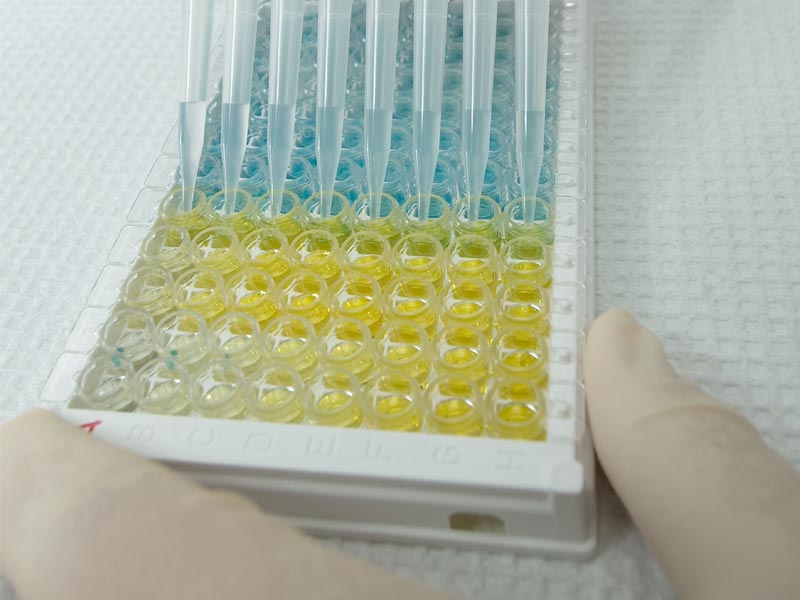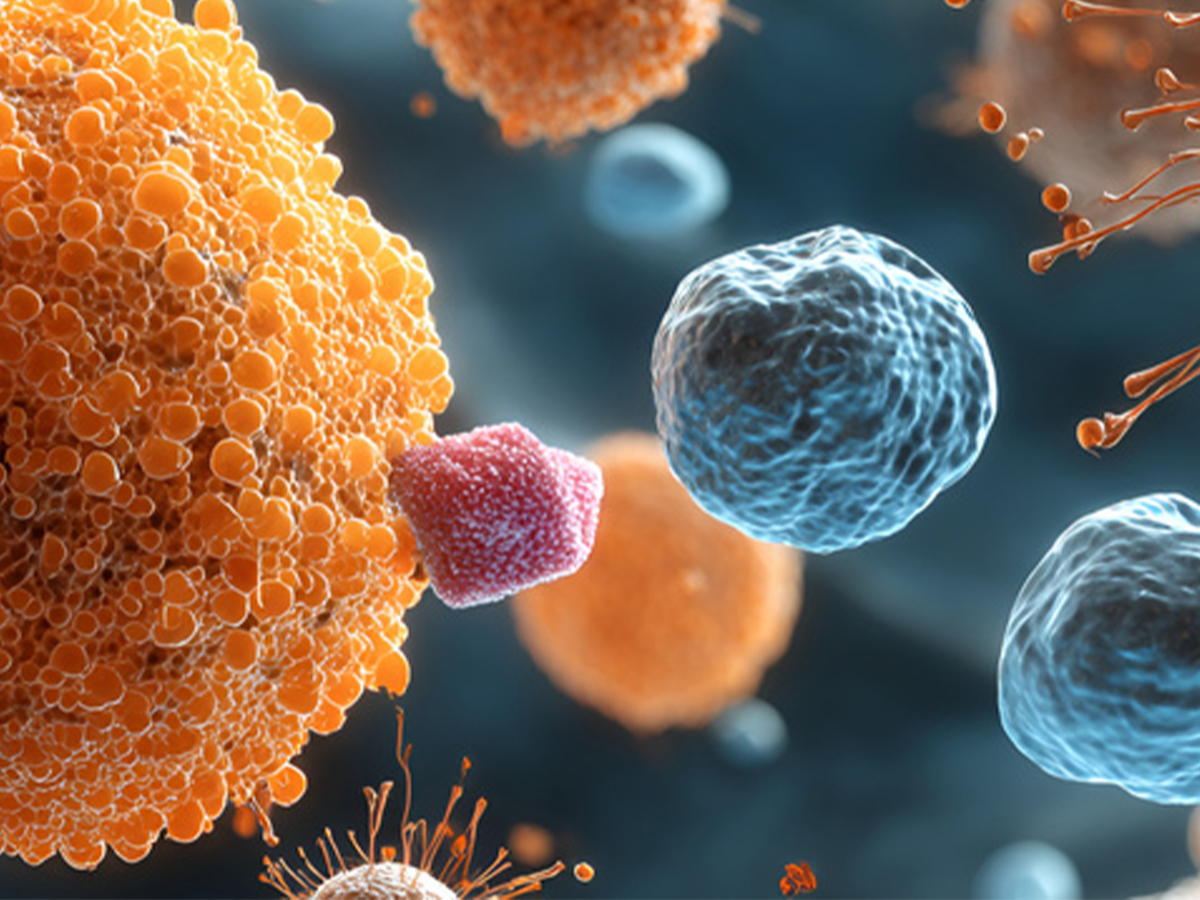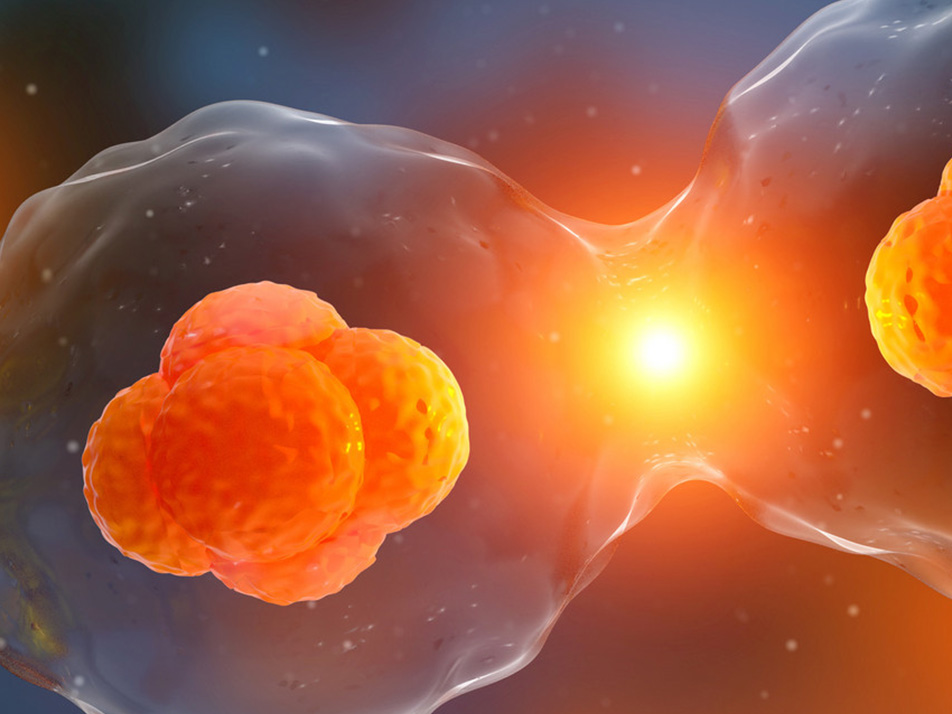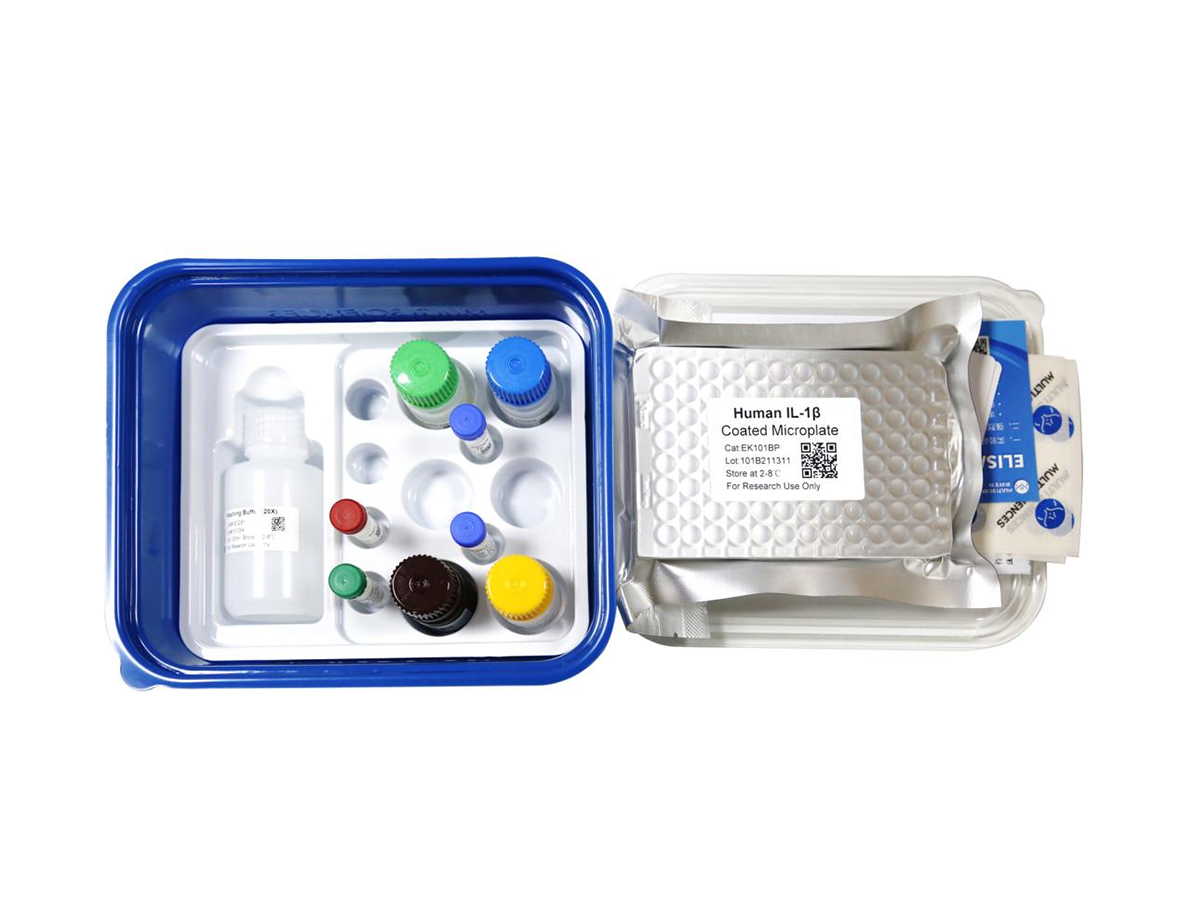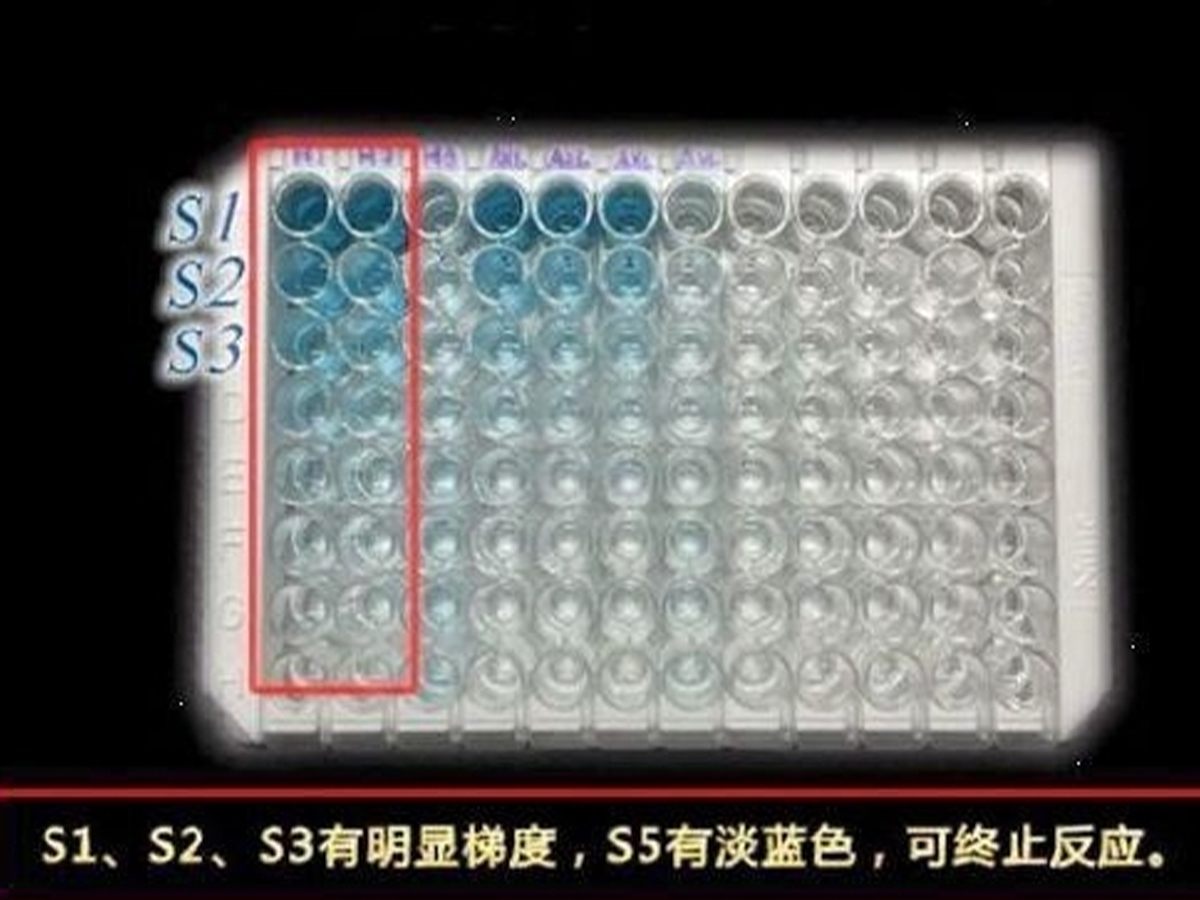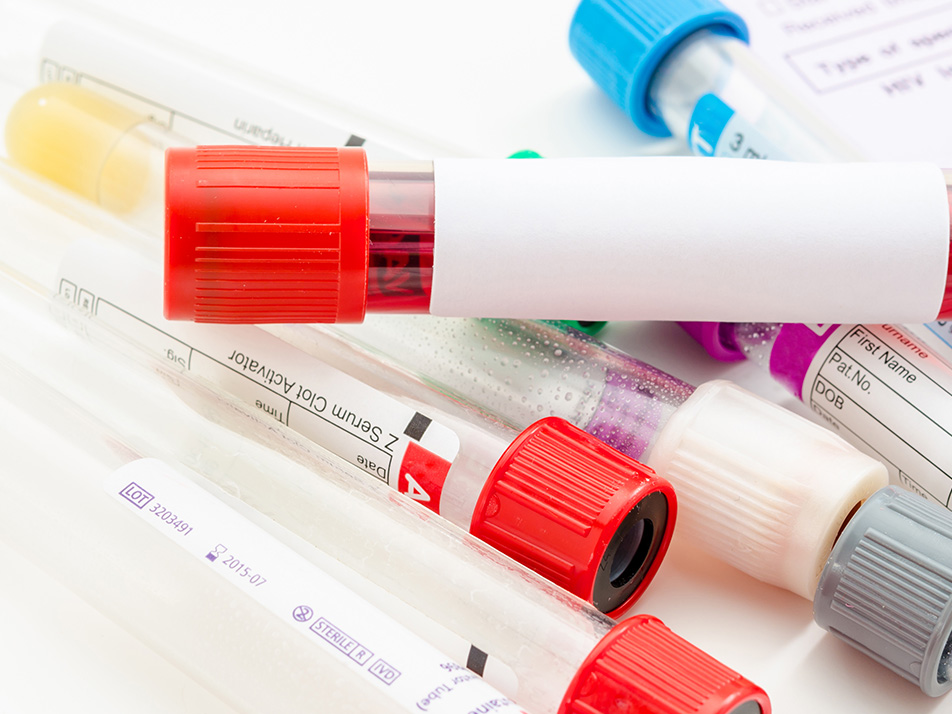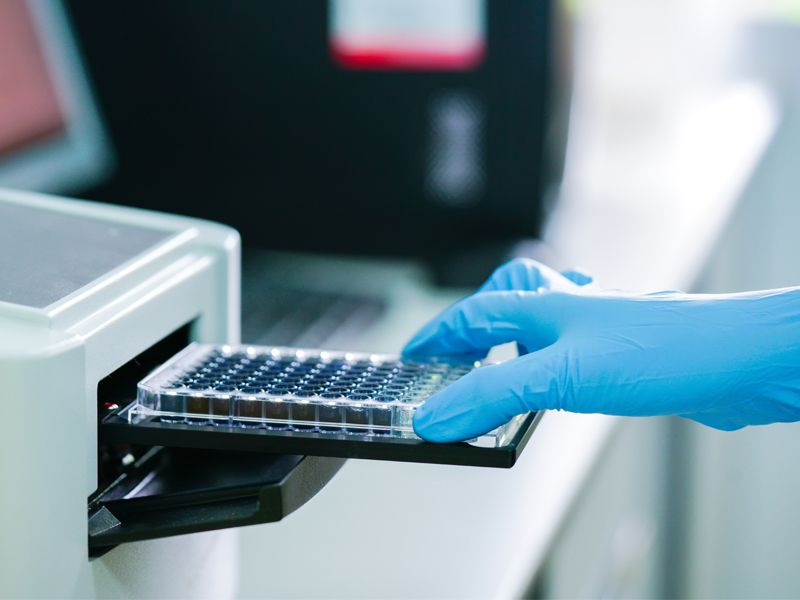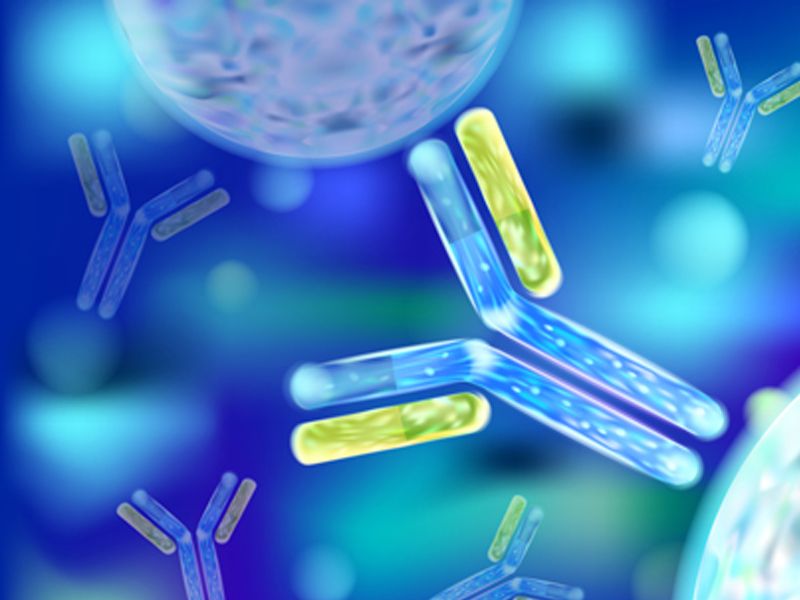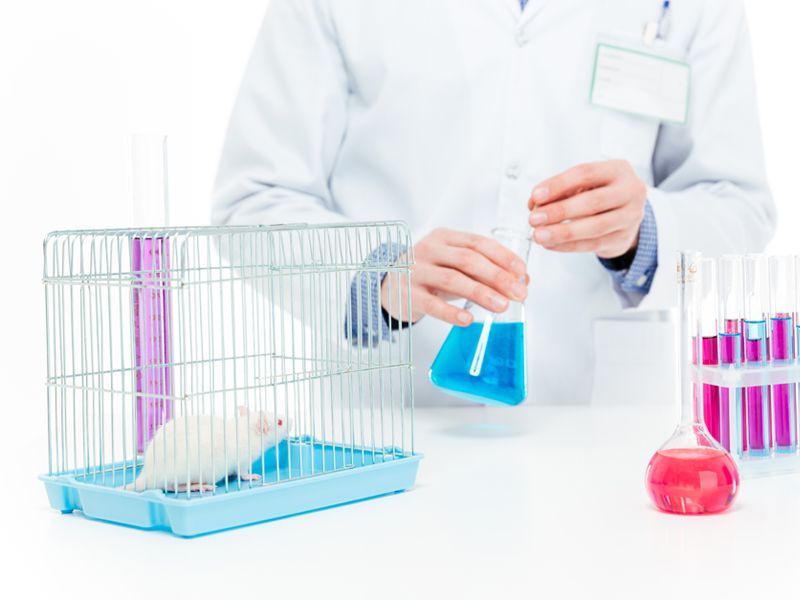Mouse RAGE ELISA Kit检测试剂盒(酶联免疫吸附法)
¥2,000.00 – ¥3,400.00
在售SKU:70-EK2103-48, 70-EK2103-96, EK2103
- 分子靶点:AGER
- 种属:小鼠
- 样本类型:血清、血浆、细胞培养上清及其他生物学样本
- 检测样本体积:血清、血浆样本20μL
- 灵敏度:2.40pg/mL
- 检测范围:15.63-1000pg/mL
- 回收率:97%-125%
ELISA试剂盒详细信息
| 商品名 | 小鼠RAGE 酶联免疫检测试剂盒 |
|---|---|
| 种属 | 小鼠 |
| 靶点 | AGER |
| 检测方法 | 双抗体夹心法 |
| 检测样本类型 | 血清、血浆、细胞培养上清及其他生物学样本 |
| 检测样本体积 | 血清、血浆样本20μL |
| 灵敏度 | 2.40pg/mL |
| 线性范围 | 15.63-1000pg/mL |
| 精密度 | 板内变异系数:2%-3.4%;板间变异系数:2.2%-4.8% |
| 回收率 | 97%-125% |
| 平均回收率 | 105% |
| 板式 | 96孔板,可拆 |
| 保存条件 | 2-8℃保存。已拆开:标准品-20℃保存,其它4℃。 |
| 运输条件 | 2-8℃冰袋运输 |
| 检测原理 | 本试剂盒采用双抗体夹心酶联免疫吸附检测技术。特异性抗小鼠RAGE抗体预包被在高亲和力的酶标板上。酶标板孔中加入标准品、待测样本和生物素化的检测抗体,经过孵育,样本中存在的RAGE与固相抗体和检测抗体结合。洗涤去除未结合的物质后,加入辣根过氧化物酶标记的链霉亲和素(Streptavidin-HRP)。洗涤后,加入显色底物TMB,避光显色。颜色反应的深浅与样本中RAGE的浓度成正比。加入终止液终止反应,在450nm波长(参考波长570 - 630nm)测定吸光度值。 |
分子信息
AGER 分子靶点信息概述
- 分子名:AGER, advanced glycosylation end-product specific receptor
- 基因家族:C2-set domain containing; Scavenger receptors
- 别名:RAGE; SCARJ1; sRAGE
- 全称:receptor for advanced glycation end-products
AGER 分子靶点综述
晚期糖基化终末产物受体 (RAGE)是35 kDa的免疫球超家族跨膜受体,其名字来自于与晚期糖基化终末产物结合的能力。鉴于其在先天免疫的炎症功能和通过共同基序识别一类配体的能力,RAGE通常被认为是一类识别受体。RAGE与一些慢性疾病有关,如动脉粥样硬化、末梢血管疾病、心肌梗死、充血性心力衰竭、糖尿病、阿尔茨海默病等。与其它组织相比,RAGE在肺部表达量最高,尤其是在I型肺泡上皮细胞,而在特发性肺纤维化 (IPF)中不表达,这表明RAGE在肺系中的表达和调控与心血管系统中不同。阻断/敲除RAGE会导致细胞黏附受损,增加细胞增殖和迁移。
小鼠 Mouse Ager 分子靶点信息
- 分子名:Ager, advanced glycosylation end product-specific receptor
- 别称:
- RAGE
- 基因序列:NCBI_Gene: 11596
- 蛋白序列:
小鼠 Mouse Ager 靶点分子功能(预测)
Enables S100 protein binding activity; advanced glycation end-product binding activity; and heparin binding activity. Involved in several processes, including cellular response to amyloid-beta; negative regulation of long-term synaptic potentiation; and positive regulation of cytokine production. Acts upstream of or within several processes, including induction of positive chemotaxis; negative regulation of advanced glycation end-product receptor activity; and positive regulation of macromolecule metabolic process. Located in extracellular space and plasma membrane. Is expressed in several structures, including alimentary system; brain; genitourinary system; hemolymphoid system gland; and lung. Human ortholog(s) of this gene implicated in several diseases, including autoimmune disease (multiple); cardiovascular system disease (multiple); cystic fibrosis; kidney failure (multiple); and lupus nephritis. Orthologous to human AGER (advanced glycosylation end-product specific receptor).

